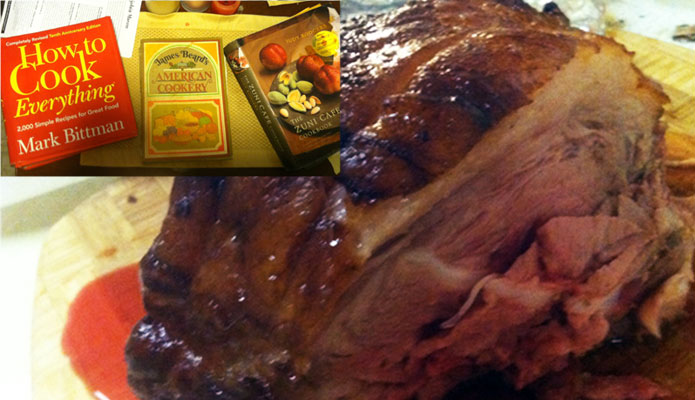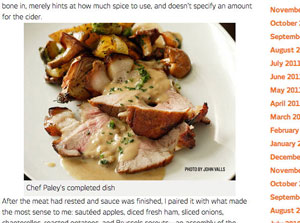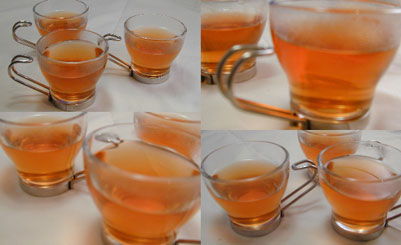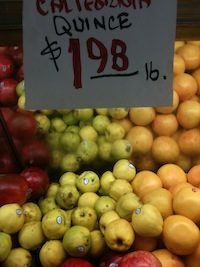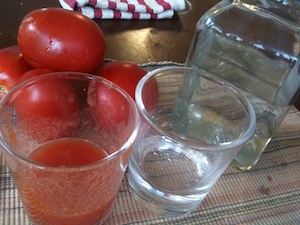Tips on using the Espro P7 coffee press

I make coffee using a stainless steel, double filter, 32 oz french press called the Espro P7. It’s a big improvement over conventional french presses — producing a cleaner cup and keeping coffee hot and insulated — but you may need to substantially alter your brewing process to obtain an equivalent cup of coffee, particularly if you are a bit finicky about coffee. Below are some tips
It brews more quickly
The P7 seems to need about 25 percent less time to extract equivalent flavors from a given amount of coffee than a conventional glass press. I hypothesize this is due to the insulated stainless steel walls keeping the water hotter during the brew process.
You may need a trick to keep the lid on during brewing
The P7 has a double filter exposed to coffee both below and on the side of the plunger. This innovative design is superior to a conventional flat, single filter at removing coffee bean particulate from your brew slurry, but occupies much more space in the press:
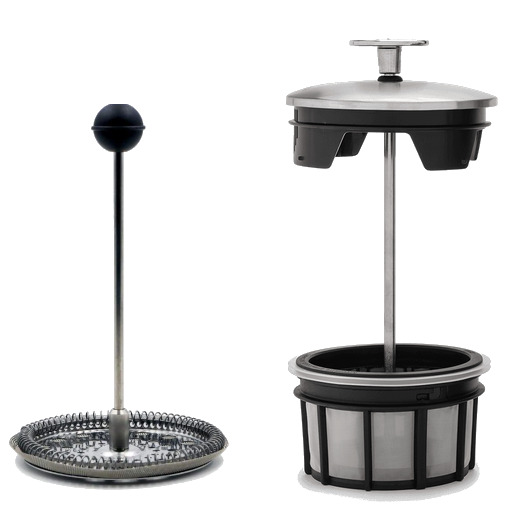
With a conventional press, the filter protrudes below the lid only perhaps 1 cm and it is no problem to keep the lid on while brewing by simply retracting the filter into an “up” position. With the P7, retracting the filter in this way creates perhaps 5cm+ protrusion, seriously limiting how full the press can be, particularly if you do not wish the grounds to be touched by the filter. In fact, I had trouble filling even to the “minimum” fill line in the beaker with the lid on and filter attached.
Nonetheless, you can brew the P7 to maximum capacity with the lid on by simply removing the plunger mechanism from the lid prior to the start of brewing. This involves unscrewing the filter from the plunger stem, perhaps five seconds of work (and something you do when cleaning anyway). Then remove the plunger stem. Then you put the lid on by itself. Then you attach the plunger and screw on the filter before brewing.
(In practice you don’t actually remove and re-attach the filter every time you brew. You just never put it on in the first place, after disassembling it to clean, then you attach it when it is time to plunge.)
There is no need to let the coffee fines “settle” after you plunge
With conventional french presses, some connoisseurs like to give 30-60 seconds after they plunge to allow fine particles that made it past the filter to settle on top of the filter as gravity pulls them down; this keeps them out of the dispensed coffee. The technique is suggested by (for example) James Hoffman and Tim Wendelboe. It is superfluous in the Espro P7 in my experience, so you can just skip that step.
(One exception: I have found more darkly roasted beans that are ground quite fine, for drip coffeemakers, can, in fact leave particulate that makes it past even the P7 filters. This is not an issue for me now since I have moved to a slightly coarser grind, see next section.)
You may want to adjust your grind settings
If you are still grinding your beans quite coarse for french press, buying a P7 offers a good excuse to experiment with finer settings, since the filters can handle finer grinds. You may find more desirable flavors are extracted from the coffee at finer grinds, and/or that brew time may be shortened.
Conversely, some people, per Wendelboe and Hoffman above, were already grinding finer for the french press than conventional wisdom has historically dictated, for example all the way down to drip coffee maker levels. They may find that the higher, more even brew temperature of the insulated P7 actually encourages them to go a couple of notches more coarse. This is because the hotter water in the P7 is extracting more flavor from the beans, and, for the same quantity of coffee and brew time as a conventional press, may produce bitter and overexacted coffee, particularly at fine grind settings.
Personally, I use a Baratza Encore burr grinder, and went from a setting of 15 (drip) with my Bodum to a setting of 21 (Chemex) with the P7. The Encore manual suggests a setting of 30-32 for french press, in keeping with traditional advice for conventional press filters.
Consider making more coffee in fewer batches
When I used a Bodum french press, I would make one cup of coffee at a time, three times per morning. This ensured that each cup was hot and properly extacted; the filter on a conventional press exposes too much of the used coffee grind to any liquid left in the beaker, in effect continuing some of the brewing process rather than properly holding the coffee.
With the P7, not only does the coffee retain more heat due to superior insulation, it is also much better sealed off from the coffee at the bottom of the pot. So now I make all three cups at once. It can take me an hour or two to dispense all the coffee and it remains very good.
A note: The P7 is actually bad at making small batches like a single cup of coffee. It retains so much brew under the filter compared to a conventional press that it is pretty inefficient to make a single cup. Espro makes smaller models if you want to make a single cup.
You will “waste” a bit more coffee
Even brewing a near full press of coffee at a time, the P7 seems a bit less efficient than my Bodum, Since the filter rides higher up the sides of the pot, per the picture above, it seems more volume is left outside the filter.
I intended to quantify this difference with a test, but unfortunately my Bodum pot shattered before I could do this. I can report that the P7 yields about 850ml of coffee when you brew 1100ml of water and 61g of coffee beans. Although this seems significantly less efficient than the Bodum, it is completely worth the slight extra waste, in my experience, to get the superior tasting coffee. The espro coffee tastes so much “cleaner” I can’t go back.
Bringing it all together: How I brew
So given all the above this is specifically what I do to brew an excellent cup of coffee in a P7, in case anyone finds it useful. For context, my water is always 208F (via our trusty Zojirushi pot).
(Remove plunger rod and filter from lid per above if not already separate. I always leave mine separate after washing.)
Ensure the two filters, detached from the lid, are twisted and clicked together. This will make it faster to attach them later.
Grind 61g coffee at medium coarse (Chemex, 21 on Baratza Encore), put into P7 pot.
Put pot on scale, zero scale. Start count up timer.
Fill pot with 1100g (ml) of water, making sure to wet all grounds.
Put lid on pot.
At 1 minute 20 seconds, remove lid, stir grounds, re-attach lid.
At 2 minutes, remove lid, stir again, skim foam from top with a spoon (per Wendelboe in this video at 3:30).
Attach plunger to lid: Put plunger rod through lid, screw filters on to it.
At 3 minutes, place plunger + lid on top of press and press.
Dispense and enjoy coffee, returning to pot for more as needed. It stays pretty hot! In fact, I pour half cups initially in order to let the dispensed coffee cool more rapidly.
Notes
As you can see, I brew at a 1:18 coffee:water ratio, which works well for the beans I buy, which tend to be medium roast and relatively fresh. I also prefer sweet flavors to bitter; based on what my local coffee shops serve, other folks seem to enjoy more bitter compounds and may like a richer ratio.
I also think finer grinds will probably work well with the P7, given (probably) some adjustments to the timings above, although some beans (darker roasts) seem to “shatter” more in the grinder into finer particles which can escape the P7 filter, and for those you may want to experiment with providing time for the grounds that make it past the P7 filters to settle.
